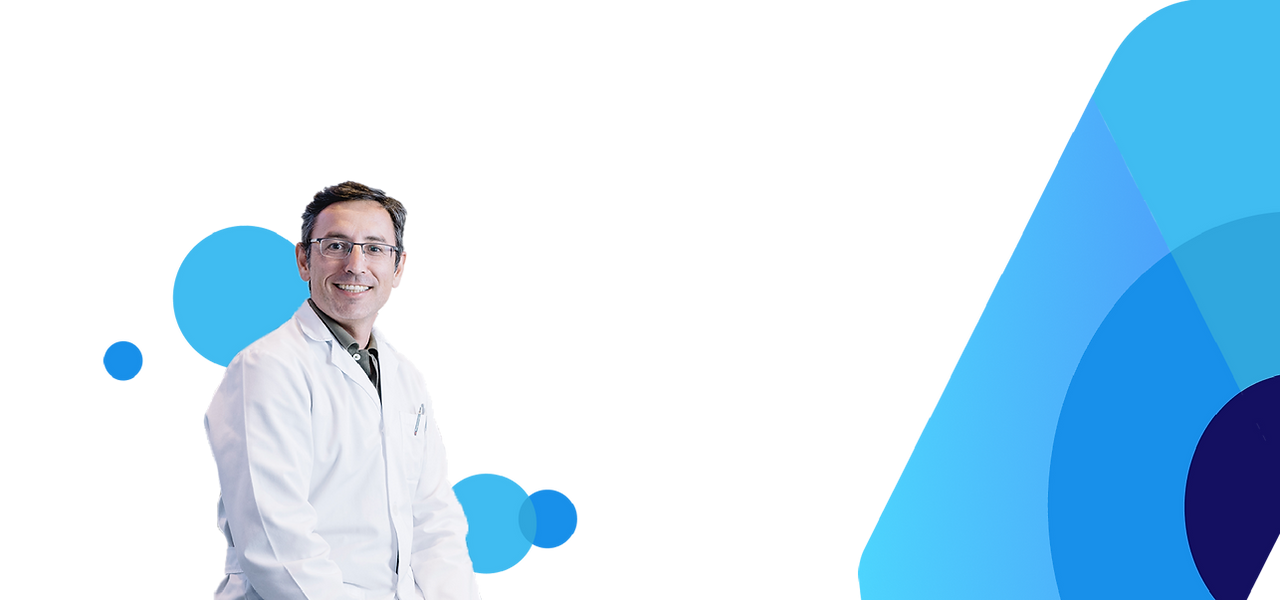Hypertension: measurements of today and tomorrow
- Rachelle Aviv and Kaylee Lazarus

- Jan 30, 2024
- 2 min read
Understanding and managing blood pressure is crucial for assessing overall health, especially considering its significant role in cardiovascular disease. Globally impacting approximately 30% of adults, hypertension requires effective monitoring to prevent complications such as heart attacks, strokes, and kidney failure. The correlation between hypertension and diabetes further emphasizes the need for advanced assessment techniques, as individuals with diabetes are more prone to hypertension-related complications.
Current Challenges in Blood Pressure Measurement
Traditional methods of measuring blood pressure face several challenges, including variations in readings, the "white coat" phenomenon, and susceptibility to temporary stressors. The "white coat" phenomenon, where blood pressure readings temporarily rise in a medical setting due to stress, highlights the importance of alternative measurement techniques to accurately assess baseline blood pressure.
Understanding Hypertensive Retinopathy
Hypertensive retinopathy, a consequence of chronic hypertension, involves changes in the blood vessels at the back of the eye (retina). Detectable during an eye examination, this condition provides insights into the persistent nature of hypertension. In contrast to momentary fluctuations recorded by traditional blood pressure measurements, observing retinal changes offers a more comprehensive and reliable marker of cardiovascular health over time.
The Potential of Retinal Imaging
Retinal imaging offers a patient-friendly, non-invasive way to assess cardiovascular health. By allowing direct observation of blood vessels and the optic nerve, it provides valuable insights into broader systemic conditions. Importantly, retinal imaging captures longer-term indicators, complementing momentary blood pressure readings.
AI's Role in Hypertension Management
Advancements in computer vision and artificial intelligence (AI) present transformative possibilities for hypertension management. Integrating AI into retinal imaging analysis could revolutionize the diagnosis and management of chronic hypertension and hypertensive retinopathy.
Benefits of AI Integration
Time Scale Advantage: AI-driven retinal imaging provides an extended view of a patient's health, offering insights into the chronicity of hypertension and its impact on various systems.
Enhanced Diagnosis: AI algorithms can potentially diagnose chronic hypertension and hypertensive retinopathy from fundus images, providing a more holistic understanding of the disease's duration and systemic effects.
Wider Accessibility: Empowering general practitioners with AI-assisted analysis of retinal images enables a broader view of patients' health, facilitating quicker diagnosis and a comprehensive understanding of hypertension's effects.
Streamlined Processes: The integration of AI could streamline diagnosis and decision-making, improving the overall efficiency of hypertension management.
In Conclusion
The synergy of traditional blood pressure measurements with cutting-edge AI applications holds immense potential for identifying cardiovascular disease risks, diagnosing and managing medical conditions affecting blood pressure, and guiding treatment decisions. This integrated approach promises to enhance patient care, providing a more comprehensive and efficient framework for hypertension management.





